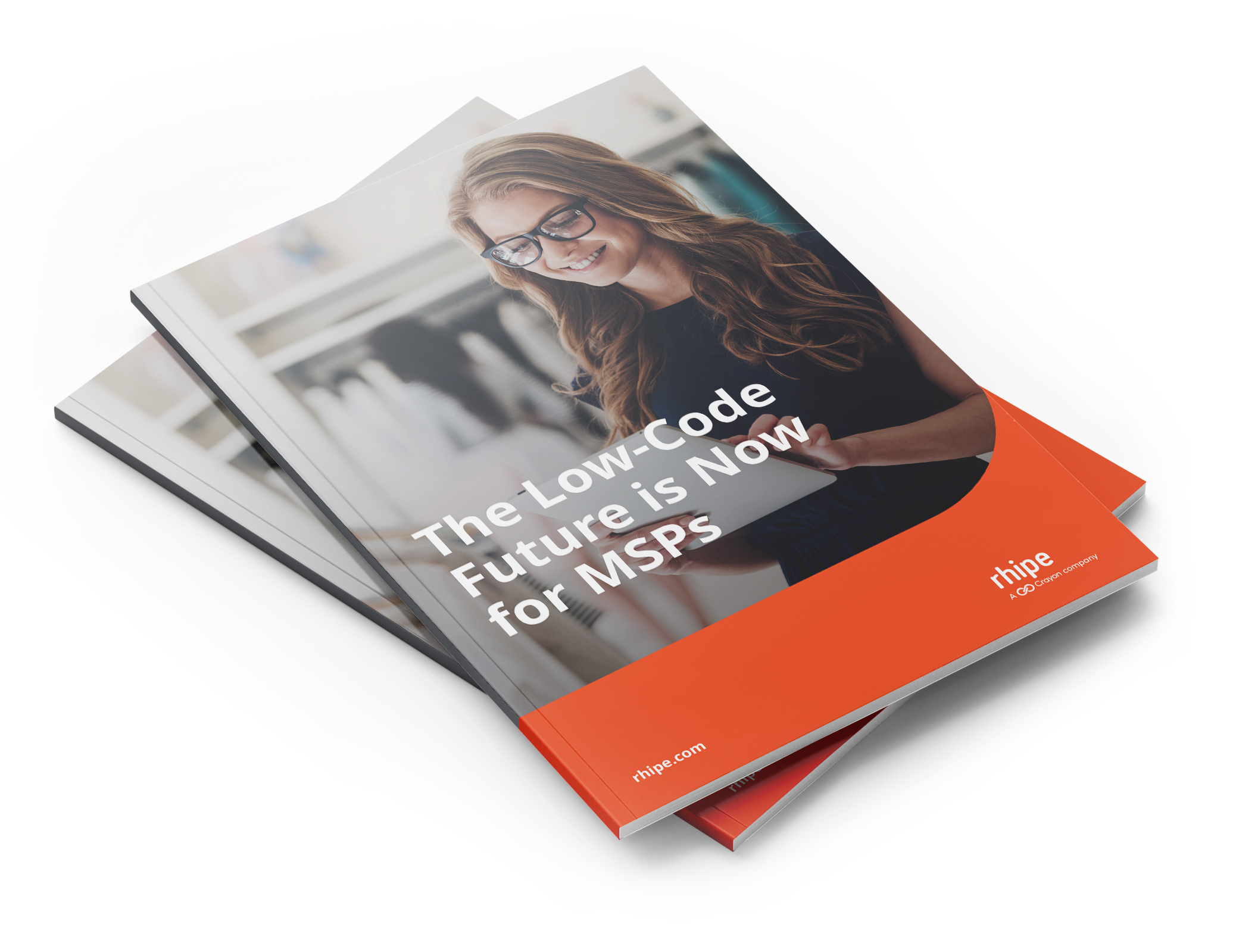After a lengthy hiatus during the pandemic, the audit warning bells are ringing again for partners on Microsoft’s Service Providers License Agreement (SPLA). In this blog, we’ll cover why it’s far better to be transparent than to be exposed when it comes to SPLA compliance.
The Heat is On
It’s no secret that the economic pressure is on for the major software vendors. The market is more competitive than ever, inflation and the cost of operations continue to climb, and the continuous innovation and product development investment is astronomical.
In these conditions, protecting revenue streams is critical and we should anticipate vendors will vigorously do so. Non-compliance with licensing agreements is a known source of revenue leaks, and Microsoft SPLA is no exception.
Microsoft’s SPLA program enables service providers to offer Microsoft software, including Windows Server, SQL Server, and other Microsoft products, to their customers as a service. This means MSPs and indirect sales partners can deliver Microsoft solutions without having to purchase perpetual licenses for each customer.
SPLA is a very flexible and operationally low maintenance licensing model. The downside is that it’s just as easy to be incompliant. The rules of the game can change quickly as Microsoft makes updates and changes to its licensing programs. Various editions, products and conditions can lead to confusion and misunderstandings about compliance obligations. Transaction and account volumes, changing configurations in customer environments and diverse service portfolios can make it difficult to accurately track and manage SPLA licenses and usage for each customer.
Compliance burden is a pain point for many partners. Few can dedicate resources to constantly monitoring compliance posture. The good news is there are solutions and services that can reduce this pain. Achieving transparency around SPLA does involve some investment, but it’s well worth it to reduce the risk of being exposed.
The Value of SPLA Compliance
Despite the headaches, compliance with SPLA is good for business. It ensures that your business has the legal right to use and offer Microsoft services, and that your customers are assured they have access to legitimate, supported software. Bootleg software use is a known issue in some regions, but this is being stamped out as software supply chain security and risk management becomes more of a focus for customers. Businesses want to reduce risk, and they do not seek to become caught up in legal disputes with their service providers or huge vendors like Microsoft. They rely on their partners to act in their best interests. Demonstrating sound licensing management and compliance risk reduction disciplines provides partners with a competitive advantage in the long run.
The Risk of Exposure
In general, SPLA has operated on something of an ‘honesty system’ for a long time. Partners are encouraged to self-report and conduct their own SPLA assessments. There are mechanisms in place for partners to proactively address any identified non-compliance, and Microsoft is generally supportive of partners that maintain open lines of communication on this front.
Beyond this, there are many levers for Microsoft to pull when it comes to enforcing SPLA obligations in the partner ecosystem. These include analysis of software usage patterns, license key and activation audits. Such measures can pick up inconsistencies that suggest non-compliance. If it is deemed necessary, Microsoft has the authority to conduct audits of SPLA partners’ records, systems, and licenses. These audits can be triggered by various factors, including suspicious activity, irregularities in reported usage, or random selection.
Microsoft has recently intensified its efforts to enforce SPLA compliance. This means a higher risk of audits for MSPs and indirect sales partners who may not have been vigilant about compliance in the past. The warning bell is ringing, and it’s crucial to heed it.
Facing a Microsoft audit is an experience that no MSP or indirect sales partner wants to go through. It can take many hours to prepare for an audit, and this is valuable time not spent securing new business and servicing customers. If a partner is found to be non-compliant, the consequences can include hefty fines and the risk of legal action.
Of course, auditors do not always get it right and partners can (and should) dispute an unfavourable audit finding. However, this typically relies on partners having a very good understanding of their contract agreements and being able to provide comprehensive documentation, data, and evidence to support their dispute. This can include, but is not limited to license deployment records, Software Asset Management reports, usage data, configuration records, records of license transfers and reassignments, inventory reports and audit logs. It can be a disruptive, lengthy, and expensive exercise with no guarantee of success.
Crayon provides services that can support partners during the audit process and to minimize the exposure long before the chance of an audit. The prudent course of action is to always to reduce the risk before being audited.
The Power of Transparency
In the realm of SPLA compliance, the message is clear: being transparent is far better than being exposed. Rather than taking risks with non-compliance, it’s wise to invest in sound Software Asset Management (SAM) practices. Here’s how SAM can help:
- License Inventory: SAM helps you maintain an accurate inventory of your licenses, ensuring that you’re always up to date.
- Monitoring and Reporting: SAM tools can monitor your software usage, alerting you to any potential compliance issues before they become a problem.
- Automated Compliance: SAM can automate the compliance process, reducing the risk of human error.
- Adaptation to Changes: SAM keeps you informed about changes in licensing terms, helping you adapt quickly.
- Sound SAM practices can also solve financial challenges for service providers by providing the data needed to ensure correct billing. SAM aids partners to connect finance, operations and technology data to support sound decision making.
As well as services to support partners with SPLA compliance, Crayon also offers solutions aimed at automation of licencing management, and reducing the administrative burdens involved. These include Octopus Cloud and NinjaOne. Partners that are ready to rethink their operations to reduce costs and risk should reach out to our Technology Advisory Group for Cloud Infrastructure and Platforms. Simply ask your account manager to set up a meeting, or email tag.cloud@crayon.com
Remaining compliant with Microsoft SPLA licensing agreements should be viewed as a non-negotiable aspect of doing business. Microsoft’s renewed enforcement efforts serve as a stark reminder of the importance of compliance. The challenges associated with maintaining compliance are real, but the consequences of non-compliance are far more daunting.
In the end, transparency and a proactive approach to Software Asset Management are your best defences against potential audits and their painful consequences. MSPs and indirect sales partners must take the necessary steps to ensure that they are always on the right side of SPLA compliance, protecting their businesses and reputation in an increasingly regulated IT landscape. Remember, when it comes to SPLA, it’s always better to be transparent than exposed.



